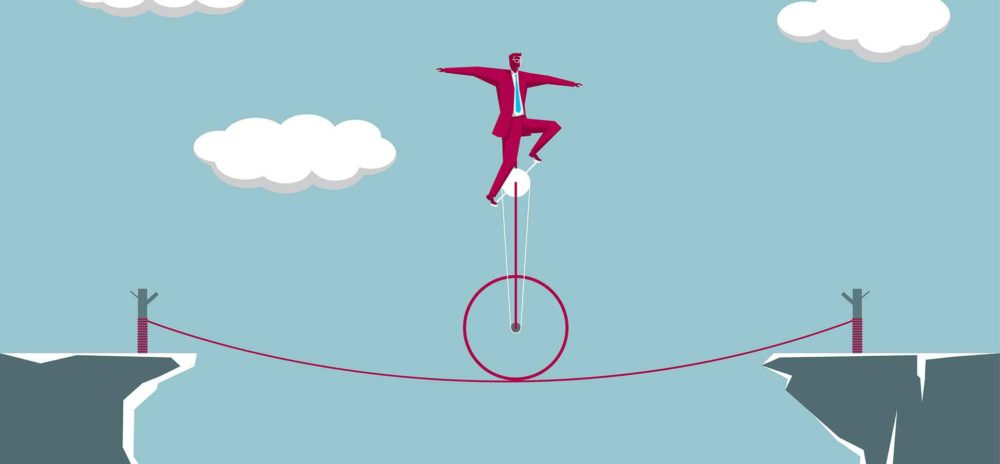Non-Governmental Organizations (NGOs) as we know them today are generally thought to have come into existence around the mid-nineteenth century. It was only about a century later that the importance of NGOs was officially recognized by the United Nations. At the UN Congress in San Francisco in 1968, a provision was made in Article 71 of the Charter of the United Nations framework that qualified NGOs in the field of economic and social development to receive consultative status with the Economic and Social Council. The development of modern Non-Governmental Organizations (NGOs) has largely mirrored that of general world history, particularly after the Industrial Revolution. NGOs have existed in some form or another as far back as 25,000 years ago. Since 1850, more than 100,000 private, not-for-profit organizations with an international focus have been founded. The growth of NGOs really took off after the Second World War, with about 90 international Continue reading
General Business Articles
Major Drawbacks of Entrepreneurship
Entrepreneurs are persons who are creative and imaginative in finding ways and add them to their own wealth, power and prestige. Entrepreneurs innovate and introduce new quality of good which consumers are not familiar yet. Besides, they often launch new method of production and new market which have not been tested and existed before yet. Moreover, they also bring new source of supply of raw material or half manufactured goods. Likewise, they create monopoly position which is the carrying out of the new organisation of any industry. It is important to differentiate between two primary types of entrepreneurs to understand how economic development occurs. ‘The initiation entrepreneur” is responsible for unprecedented economic growth during 19th and 20th centuries; creating new products, new productive technologies or procedures which has not existed before. Whereas ‘the imitative entrepreneur’ is for economic advancement in developing countries today, where there is a more widespread and Continue reading
An Analysis of Decision Making Process in Organizations
In today’s business world, the main task of any manager is to take decision; these decisions are impacting the firm, the employees and the environment. As the world is developing and transitioning into a globalized unit, decision making is becoming a complicated task. Manager takes thunders of decisions every day, some decisions are done consciously and other are done subconsciously. More the manager has experiences, more often he will take subconscious decision for recurrent problem, due to it knowledge of the firm, the environments and it past experiences. Other decisions that are not as usual, need to be analyzed on every angle, before being able to build solutions for it, this would be a conscious decision. Decision making is defined as the process of deciding about something important, especially in a group of people or in organization. Decision-making is a six steps processes, no matter if the decision is taken Continue reading
Different Types of Stress
Stress has often been misunderstood to be negative, with few people acknowledging the importance and usefulness of positive stress. In our everyday lives, stress is everywhere and definitely unavoidable; hence our emphasis should be on differentiating between what is good stress, and what is bad. This will help us to learn to cope with negative stress, and harness the power of positive stress to help us achieve more. Read: What is Stress? There are 4 main categories of stress, namely eustress, distress, hyper stress and hypo stress. Negative stress can cause many physical and psychological problems, whilst positive stress can be very helpful for us. Here’s how we differentiate between them. Eustress: This is a positive form of stress, which prepares your mind and body for the imminent challenges that it has perceived. Eustress is a natural physical reaction by your body which increases blood flow to your muscles, resulting Continue reading
Risk Management Within an Organization
Risk management is a identification process of upcoming threats and danger to an organization. In an organization risk can enter through many ways, it can come from project failure, financial market, an accident in organisation such as flood, earthquake, cyclone, power failure, public health and safety and legal risk etc. Risk can be low to medium, or medium to high. It is difficult to say that an organisation can solve all the upcoming risks to the organisation like earthquake, we can just assume that earthquake can damage the business, but we cannot say how much, but there are some alternatives of upcoming threats like in power failure we can use generator to keep running the business. The purpose of risk management within an organization to identify problems before they enter and create problems in the organisation, so that risk management handling process may be planed. It is a continuous looking Continue reading
Importance of Creativity and Innovation in Entrepreneurship
Business, innovation and creativity are interlinked terms. Business, any business, cannot exist without creativity. The very notion of starting up your own business, take calculated risks and give your best to succeed, is the definition for entrepreneurial creativity. Innovation is what makes the difference, what gives a company a competitive edge, what turns a small “garage” business to a multinational with offices around the world and with billions of pounds in its corporate accounts. Creativity, realized through innovation is what drives our economy, is what capitalism is built on, is what creates companies like Apple, Microsoft, and Dyson and Goldman-Sacks. Important Role of Creativity and Innovation in the Entrepreneurial Process Every sector of business and every sector of life is subject to creativity and innovation. If is strange that when the word creativity is mentioned most people think of painters or sculptors or even photographers and when the word innovation Continue reading


